
A tool to explore how the COVID-19 pandemic and its impacts on the economy may affect short- and long-term travel behavior, traffic levels, and transit use.
Based on your predictions, we think VMT per capita and transit ridership per capita will change as shown above. The table to the right indicates the net effect of your predictions (all values are shown as a percentage of 2019 levels).
Return to: Tigard's Transportation System Plan
Future Transportation Needs Forecasting
The four factors below help transportation planners anticipate future travel needs of the community. This exercise lets you make your own predictions about future travel in Tigard based on the impacts of COVID-19 and the related economic uncertainty.
Make your predictions about the topics below to produce a forecast of how levels of driving (as measured in vehicle miles of travel, or VMT for short) and transit ridership will change in three future years: 2021, 2025 and 2030.
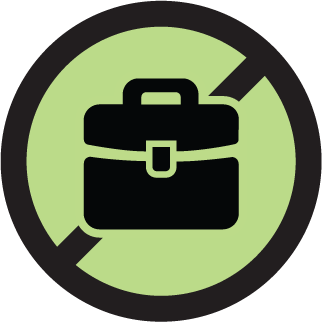 Unemployment
Unemployment
Prior to March 2020, US unemployment was 4%. By mid-May 2020, unemployment reached 15%. For comparison, unemployment was 25% during the Great Depression and 10% during the 2008 recession. Based on this information, make a prediction about unemployment rates in 2021, 2025, and 2030.
| 2021 | 2025 | 2030 | Prediction |
|---|---|---|---|
 Household Income
Household Income
Since COVID-19, roughly half of US households have experienced a decrease in income, with personal income dropping about 3% in March 2020 alone. Based on the following information, make a prediction about future household income.
| 2021 | 2025 | 2030 | Prediction |
|---|---|---|---|
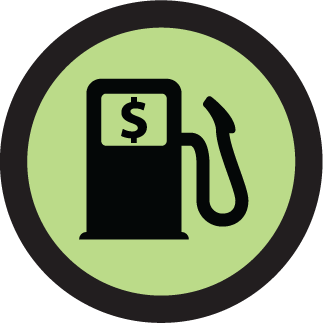 Fuel Prices and Auto Costs
Fuel Prices and Auto Costs
On average fuel prices have been dropping. About 8% from July to December 2019, and another 27% between January and April 2020. Based on the following information, make a prediction about future fuel prices and auto costs.
| 2021 | 2025 | 2030 | Prediction |
|---|---|---|---|
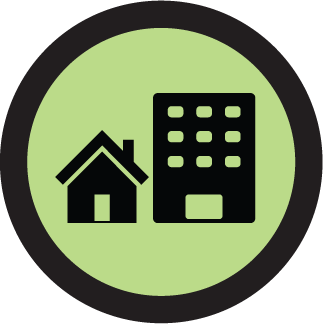 Land Use
Land Use
With concerns about COVID-19, people may choose to move away from close city living and instead choose lower density suburbs, avoiding apartments and condos. Based on the following information, make a prediction about future land uses.
| 2021 | 2025 | 2030 | Prediction |
|---|---|---|---|
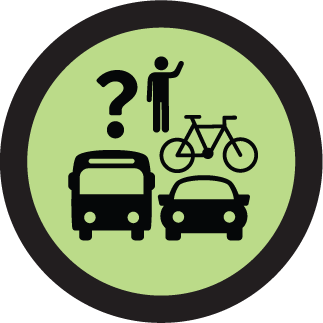 Demand and Capacity
Demand and Capacity
Businesses may start offering incentives for cars or ride-hailing (Uber/Lyft-type services) for employee comfort and safety. While transit operators may reduce their maximum occupancy to provide physical distancing among passengers. This could result in a shift in travel from high-occupancy modes (bus, ride sharing, etc.) to lower-occupancy modes (single occupancy cars). Based on the following information, make a prediction about future travel demand and capacity.
| 2021 | 2025 | 2030 | Prediction |
|---|---|---|---|
 Telecommuting and Work-From-Home
Telecommuting and Work-From-Home
Businesses are beginning to suggest that they will not bring employees back to physical offices for a while and for many, telecommuting is a viable way to conduct business. Based on the following information, make a prediction about the future of telecommuting.
| 2021 | 2025 | 2030 | Prediction |
|---|---|---|---|
 Remote Learning
Remote Learning
Many schools and universities are not planning to reopen until early 2021, and even those who do may chose a hybrid model of remote learning and in-school learning to provide sufficient social distancing. Based on the following information, make a prediction about future of remote learning.
| 2021 | 2025 | 2030 | Prediction |
|---|---|---|---|
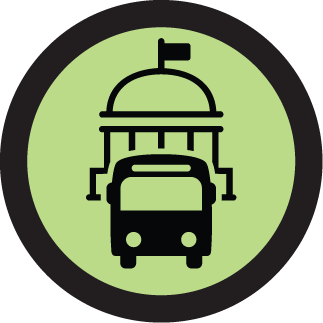 Federal Aid
Federal Aid
A critical unknown for most cities and transportation agencies is whether an additional stimulus package will be made available to help fund services and projects that were in place or planned in 2019. Based on the following information, make a prediction about future Federal Aid.
| 2021 | 2025 | 2030 | Prediction |
|---|---|---|---|
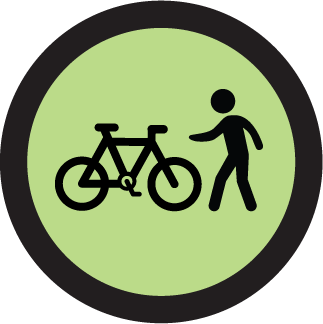 Bicycle and Pedestrian Environments
Bicycle and Pedestrian Environments
The pandemic has seen an increase in the number of city streets designated for pedestrian and bicycle use in some cities. Based on the following information, make a prediction about future bicycle and pedestrian environments.
| 2021 | 2025 | 2030 | Prediction |
|---|---|---|---|
 Bikeshare and Micromobility
Bikeshare and Micromobility
Bikeshare and scooter companies may continue to consolidate and adjust their business models as an alternative to transit for short-distance travel. Based on the following information, make a prediction about future bikeshare and micromobility services.
| 2021 | 2025 | 2030 | Prediction |
|---|---|---|---|
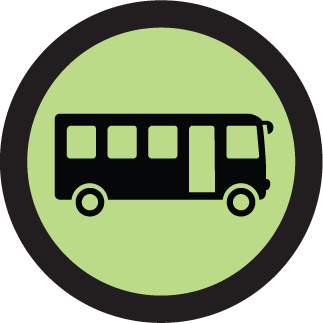 Transit Service
Transit Service
Some transit agencies may attempt to return to their pre-COVID operating frequencies and fares. In other cases, there may be long term service reductions and/or fare increases. Based on the following information, make a prediction about future of transit service.
| 2021 | 2025 | 2030 | Prediction |
|---|---|---|---|
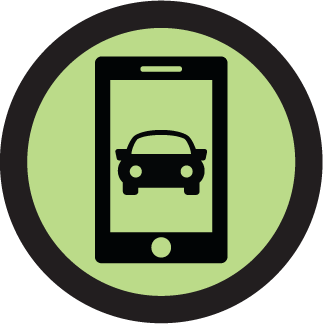 Vehicle Ownership and Ride Hailing
Vehicle Ownership and Ride Hailing
Concerns about shared vehicles and transit crowding could increase auto ownership and lead to greater preference for ride hailing over transit in urban settings. Based on the following information, make a prediction about future of vehicle ownership and ride hailing.
| 2021 | 2025 | 2030 | Prediction |
|---|---|---|---|
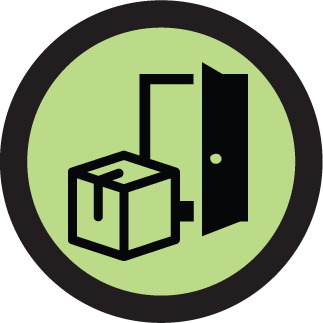 Goods and Services Delivery
Goods and Services Delivery
There has been an increases in home deliveries instead of usual demand of deliveries to office buildings, and other establishments. As the economy recovers, these patterns may return to pre-COVID levels, but some in-person shopping may be permanently replaced by home deliveries. Based on the following information, make a prediction about future of goods and service delivery.
| 2021 | 2025 | 2030 | Prediction |
|---|---|---|---|
 Social Networking and In-Person Interaction
Social Networking and In-Person Interaction
Online interactions have replaced personal visits for shopping, entertainment, and other forms social interaction, and the largest group events such as sports and theaters may continue to provide streaming access before they reopen for large crowds. Based on the following information, make a prediction about future of in-person social interaction.
| 2021 | 2025 | 2030 | Prediction |
|---|---|---|---|
 Consumer Confidence and Spending
Consumer Confidence and Spending
Consumer spending often declines during periods of economic shock. Retail sales dropped 16% between March and April 2020, twice as much as they dropped during the 2008 recession. Based on the following information, make a prediction about future consumer spending.
| 2021 | 2025 | 2030 | Prediction |
|---|---|---|---|
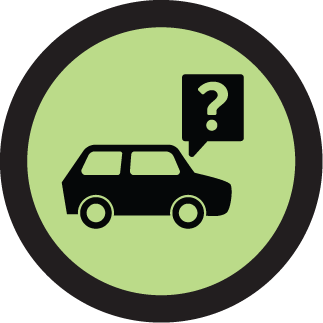 Discretionary Travel
Discretionary Travel
As some states have begun reopening their economies, the new normal may show lower levels of traveling due to increased telecommuting, remote learning, and social telecommunications; or higher levels of traveling as more people move to remote locations or choose solo travel.
| 2021 | 2025 | 2030 | Prediction |
|---|---|---|---|
